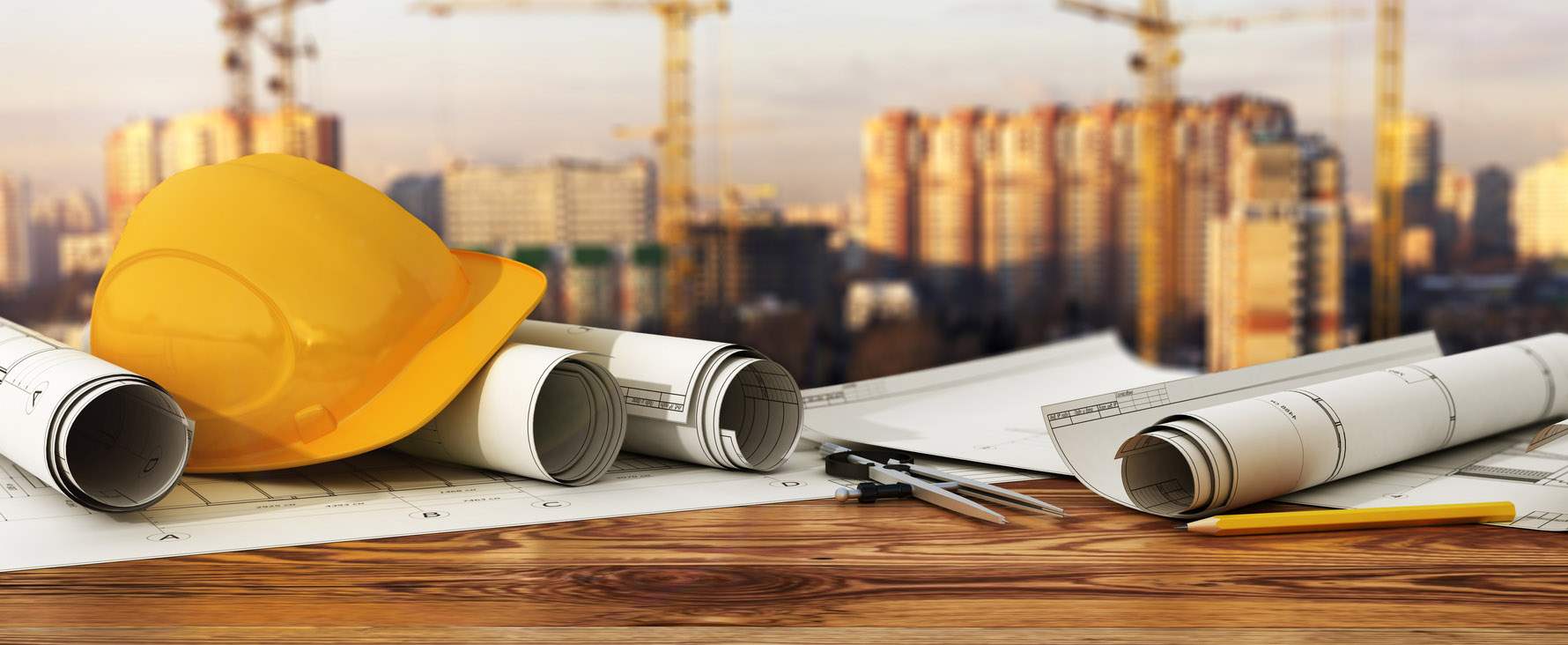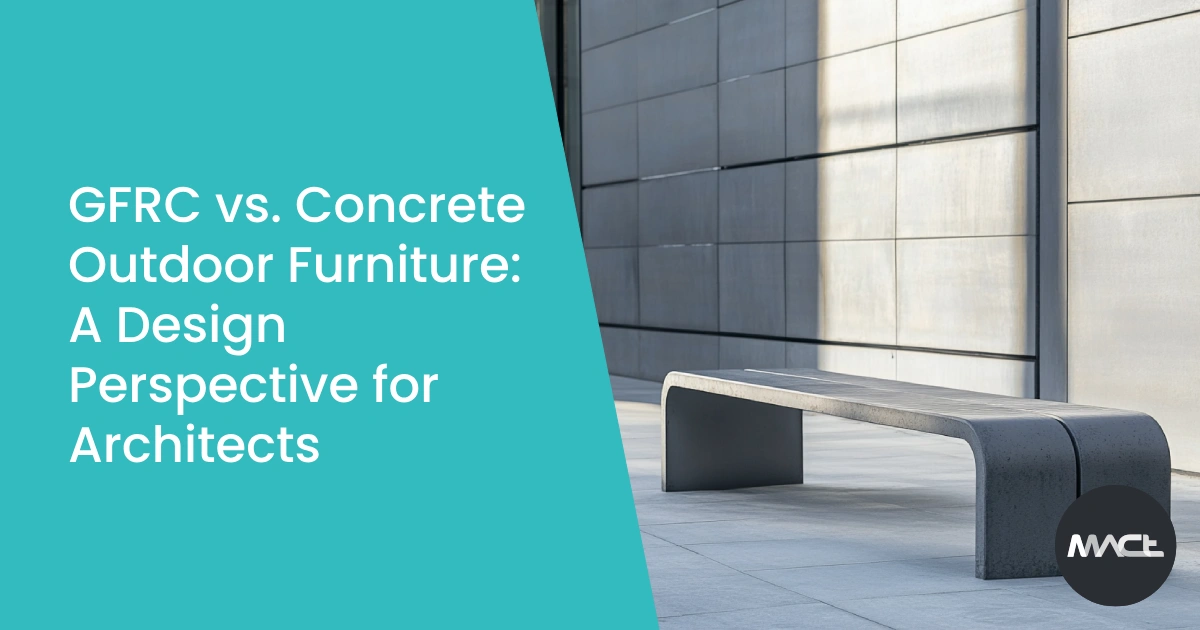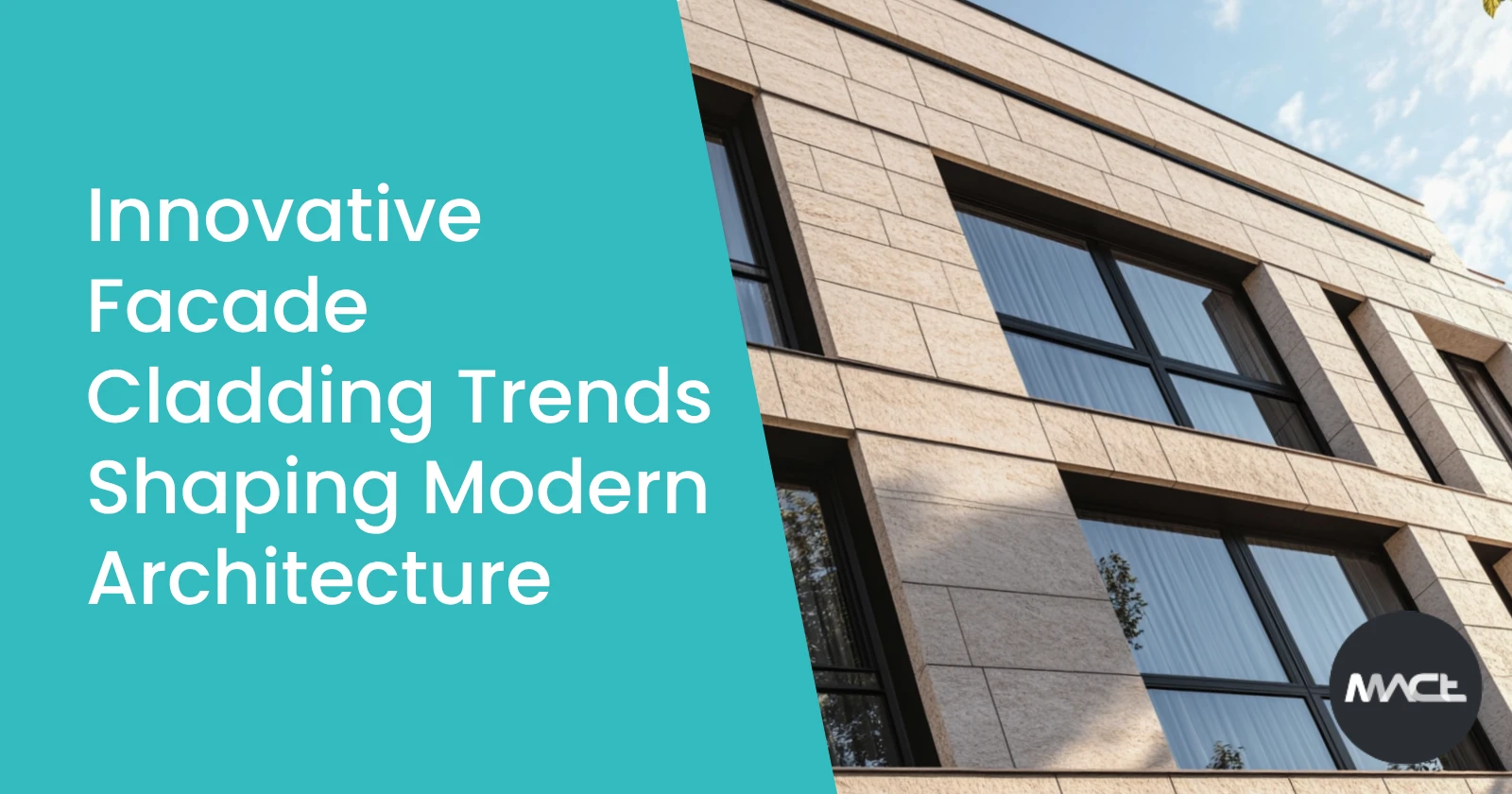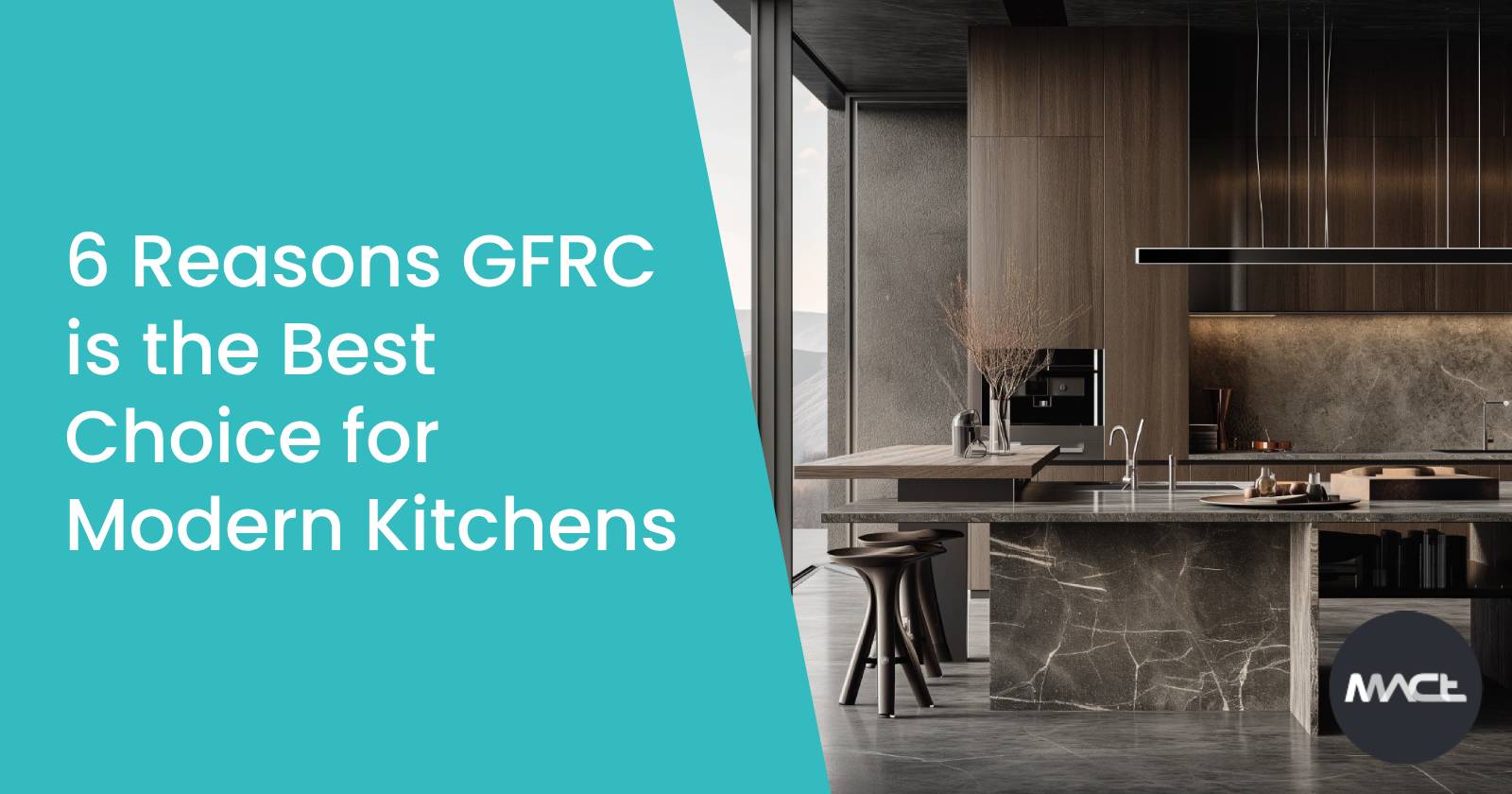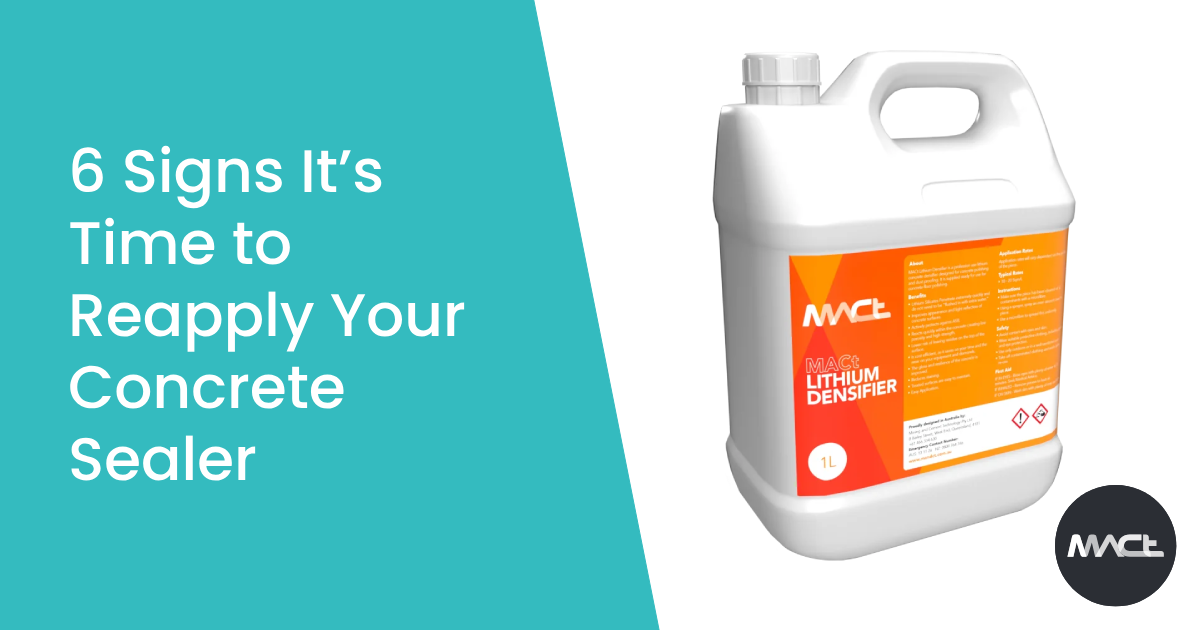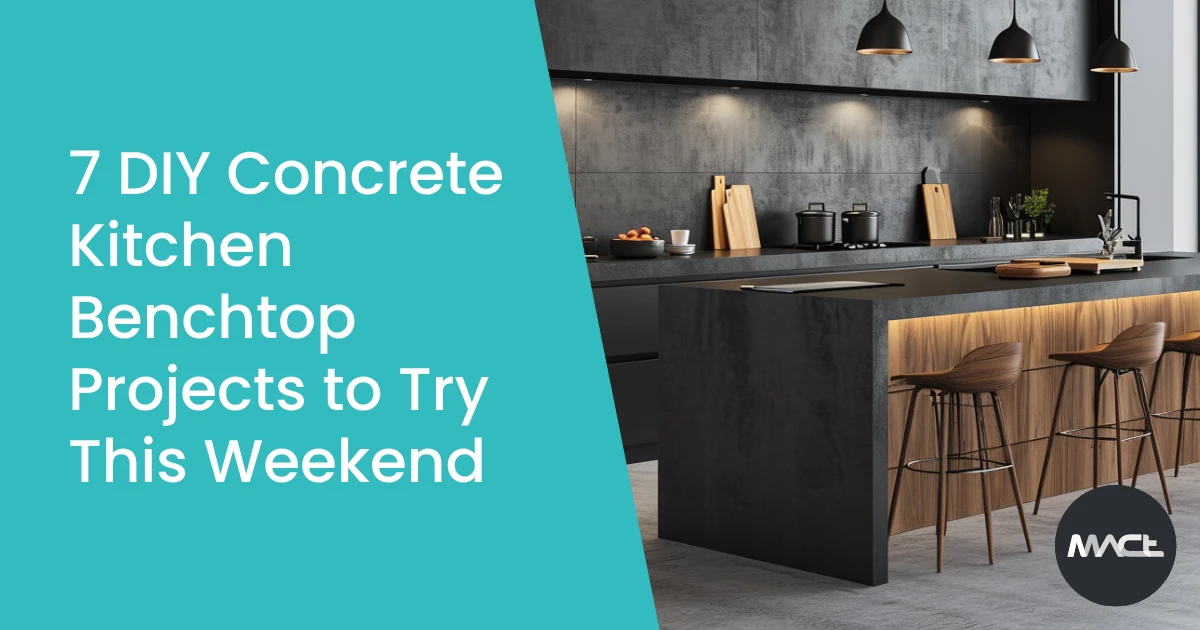In the ever-evolving landscape of construction and design, GFRC concrete stands as a beacon of innovation, transforming the way we approach building projects. This blog delves into the lesser-known aspects of GFRC, shedding light on its potential to revolutionise building practices with its unique blend of durability, versatility, and sustainability.
The Genesis of GFRC Concrete
The journey of GFRC from a novel idea to a cornerstone of modern construction is a testament to human ingenuity and the relentless pursuit of better building solutions. Developed in the 20th century, GFRC was borne out of the need for a material that could offer the strength of traditional concrete while overcoming its limitations, such as weight and inflexibility.
Breaking Down the Composition of GFRC Concrete
Understanding what sets GFRC apart requires a closer look at its composition. At its core, GFRC is a mixture of cement, fine aggregate, water, chemical admixtures, and glass fibres. These glass fibres act as reinforcement, providing strength and flexibility that traditional steel-reinforced concrete cannot match.
What Makes GFRC Stand Apart
The inclusion of glass fibres in the concrete mix not only enhances its tensile strength but also reduces the material’s overall weight. This unique composition allows for the creation of thinner, lighter panels that are easier to transport and install, making GFRC a preferred choice for a wide range of applications.
The Science Behind GFRC Strength and Durability
The technical brilliance of GFRC lies in the synergy between its components. The glass fibres distributed throughout the concrete matrix provide crack resistance and structural integrity, allowing GFRC to withstand harsh environmental conditions and heavy loads without succumbing to the wear and tear that plagues traditional concrete.
The Environmental Edge of GFRC Concrete
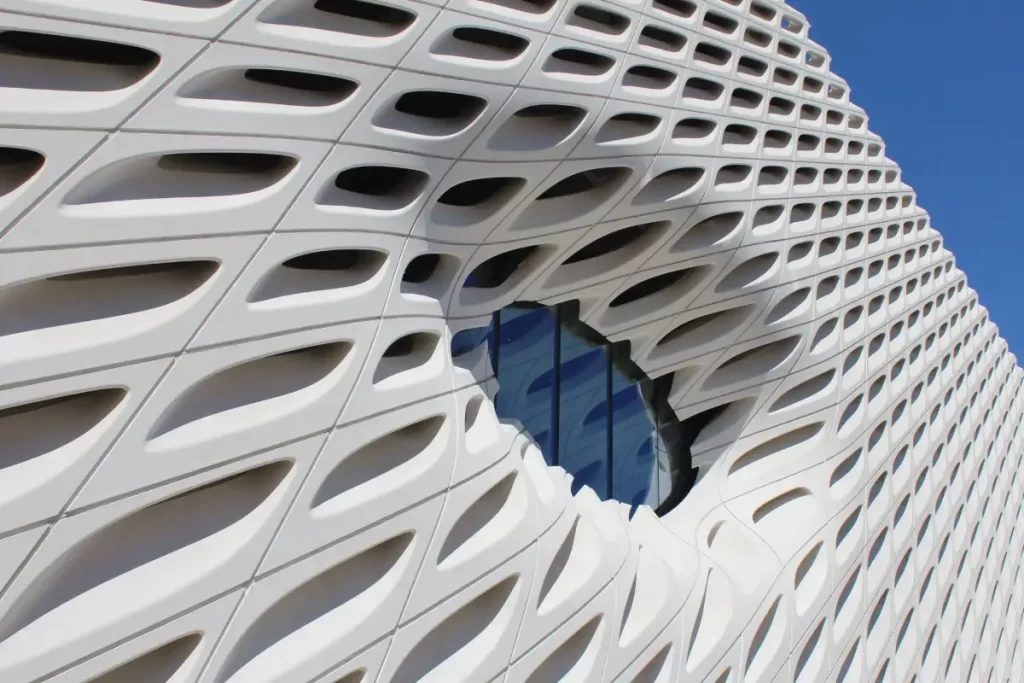
In an age where sustainability is paramount, GFRC shines as an eco-friendly building material. Its manufacturing process requires less energy and produces fewer carbon emissions than conventional concrete. Additionally, the durability and longevity of GFRC reduce the need for frequent replacements, further contributing to its environmental benefits.
Unveiling the Versatility of GFRC Concrete
GFRC’s adaptability opens up creative possibilities, from intricate architectural elements to robust structural components. Its ability to be cast into diverse shapes and finishes allows architects and designers to push the boundaries of creativity.
Beyond the Usual: Innovative Uses of GFRC
Beyond traditional construction, GFRC finds applications in sculptures, decorative panels, and bespoke furniture, showcasing its ability to blend functionality with aesthetic appeal. Its versatility also extends to restoration projects, where GFRC is used to replicate historical architectural details.
GFRC in Art and Architecture
The use of GFRC in art and architecture symbolises a marriage between strength and beauty. Notable examples include façades that mimic natural stone textures and large-scale art installations that require the material’s lightness and durability, underscoring GFRC’s role in bringing visionary designs to life.
Economic Implications of Choosing GFRC Concrete
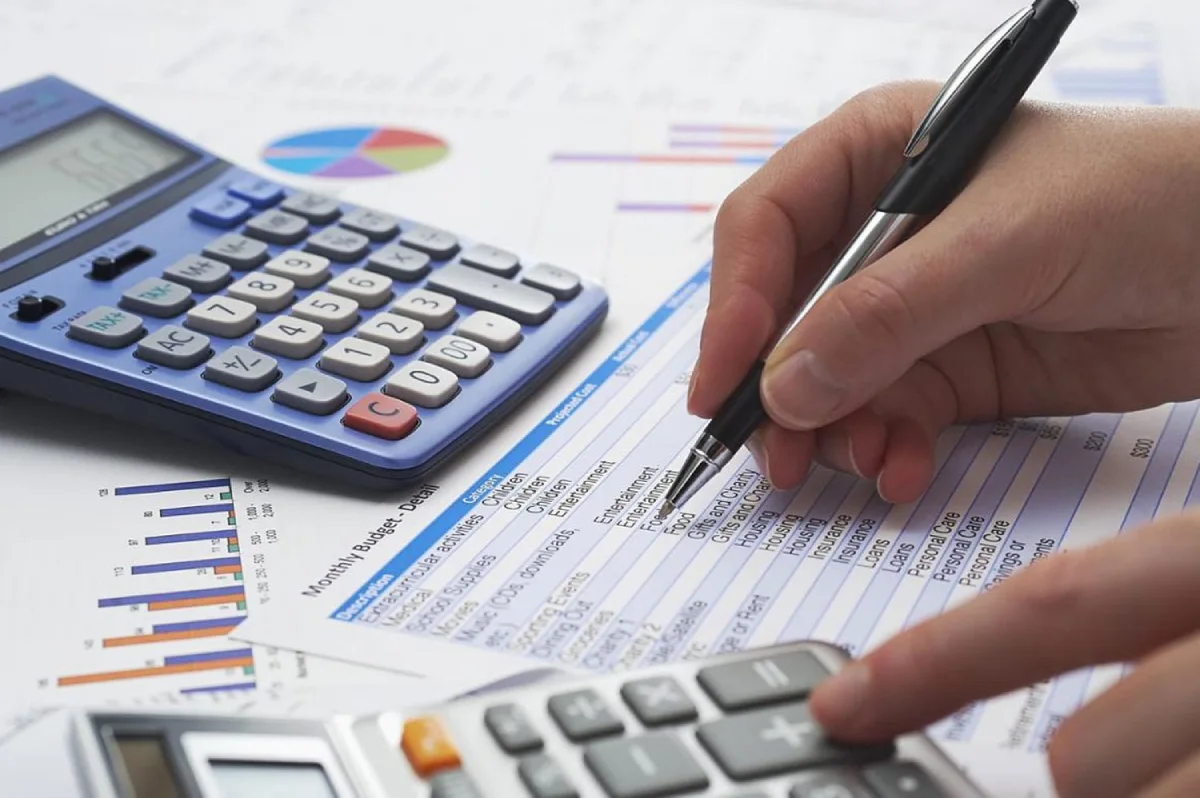
Opting for GFRC can lead to significant cost savings over the lifespan of a project. While the initial investment may be higher compared to traditional concrete, the reduced maintenance, longer life span, and ease of installation of GFRC components offset these upfront costs, making it a financially sound choice in the long run.
Practical Tips for Working with GFRC Concrete
For those considering GFRC for their next project, understanding the best practices for working with this material can ensure successful outcomes.
Do's and Don'ts When Handling GFRC
Following specific guidelines when working with GFRC is crucial, such as ensuring the correct fibre content and avoiding overwatering the mix. Proper curing and handling techniques are also vital to maintain the integrity of GFRC components during installation.
Navigating Challenges in GFRC Projects
Challenges such as achieving uniform thickness and preventing air entrapment can arise when casting GFRC. Employing vibration techniques and using quality moulds can help overcome these issues, ensuring a smooth, flawless finish.
Future of Construction
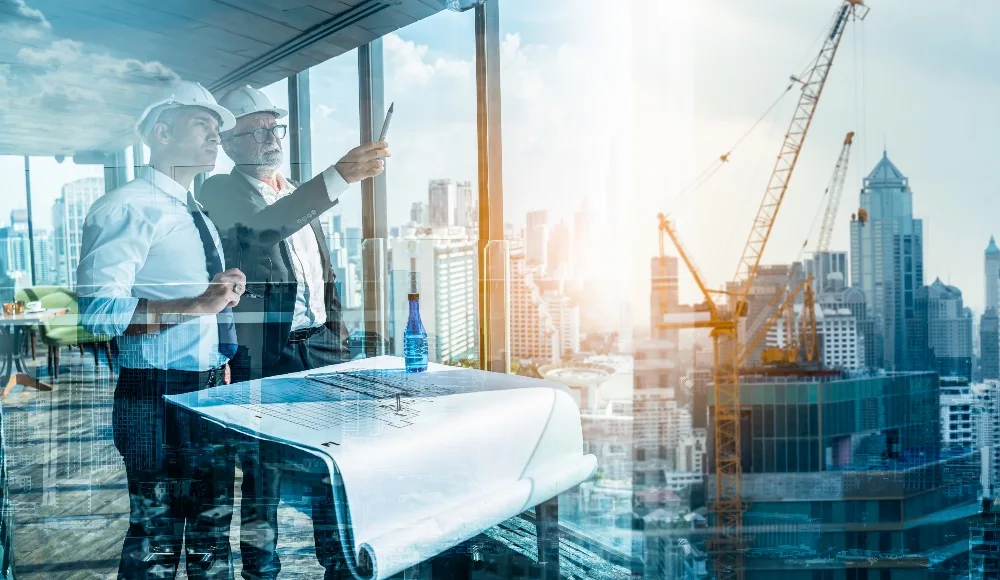
As we look towards the future, GFRC is poised to play a pivotal role in shaping the construction industry. Its alignment with sustainable building practices and the ongoing innovation in GFRC technology suggest that its influence will only grow, making it a key material in the development of resilient, eco-friendly, and aesthetically pleasing structures.
FAQ
Is GFRC stronger than concrete?
Yes, GFRC is generally stronger than traditional concrete. Its unique composition, which includes glass fibres, enhances its tensile strength and flexibility, making it more resilient to bending and impact forces compared to conventional concrete.
What is GFRC's disadvantage?
While GFRC offers many advantages, it also has some disadvantages. The primary drawback is its cost; GFRC can be more expensive upfront due to the specialised materials and manufacturing processes required. Additionally, the need for skilled labour for proper installation and fabrication can increase project costs.
What does GFRC mean?
GFRC stands for Glass Fibre Reinforced Concrete. It’s a type of concrete that incorporates glass fibres for reinforcement instead of the steel typically used in traditional concrete. This gives GFRC enhanced strength and durability while allowing for lighter and more versatile construction elements.
Is GFRC more expensive than concrete?
Yes, GFRC tends to be more expensive than traditional concrete. The higher cost is attributed to the specialised materials, such as glass fibres, and the manufacturing process. However, the long-term benefits, such as reduced maintenance and longer lifespan, can offset the initial investment.
What is the lifespan of GFRC?
GFRC is known for its longevity, with a lifespan that can exceed 50 years when properly manufactured and maintained. Its resistance to corrosion, fire, and harsh environmental conditions contributes to its durability, making it a cost-effective option over time.
What is the strongest concrete on earth?
The title of the strongest concrete on earth goes to High-Performance Concrete (HPC) and Ultra-High Performance Concrete (UHPC). These materials exhibit exceptional strength and durability, far surpassing that of standard concrete mixes. UHPC, for instance, can achieve compressive strengths up to 29,000 psi (200 MPa), making it one of the strongest concrete materials available.
Conclusion
GFRC Concrete is much more than just an alternative to traditional building materials; it’s a testament to the progress of construction technology, offering unmatched benefits in terms of strength, versatility, and sustainability. As we continue to explore its potential, GFRC is set to redefine the standards of building, making it an indispensable asset in the quest for innovative and responsible construction solutions.
